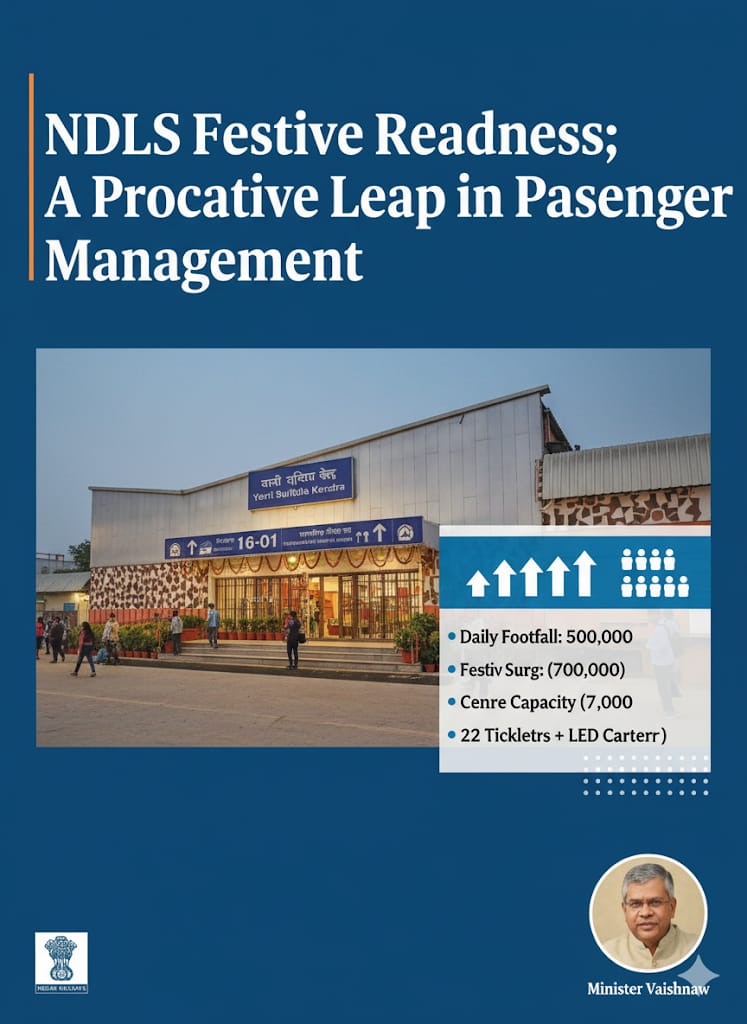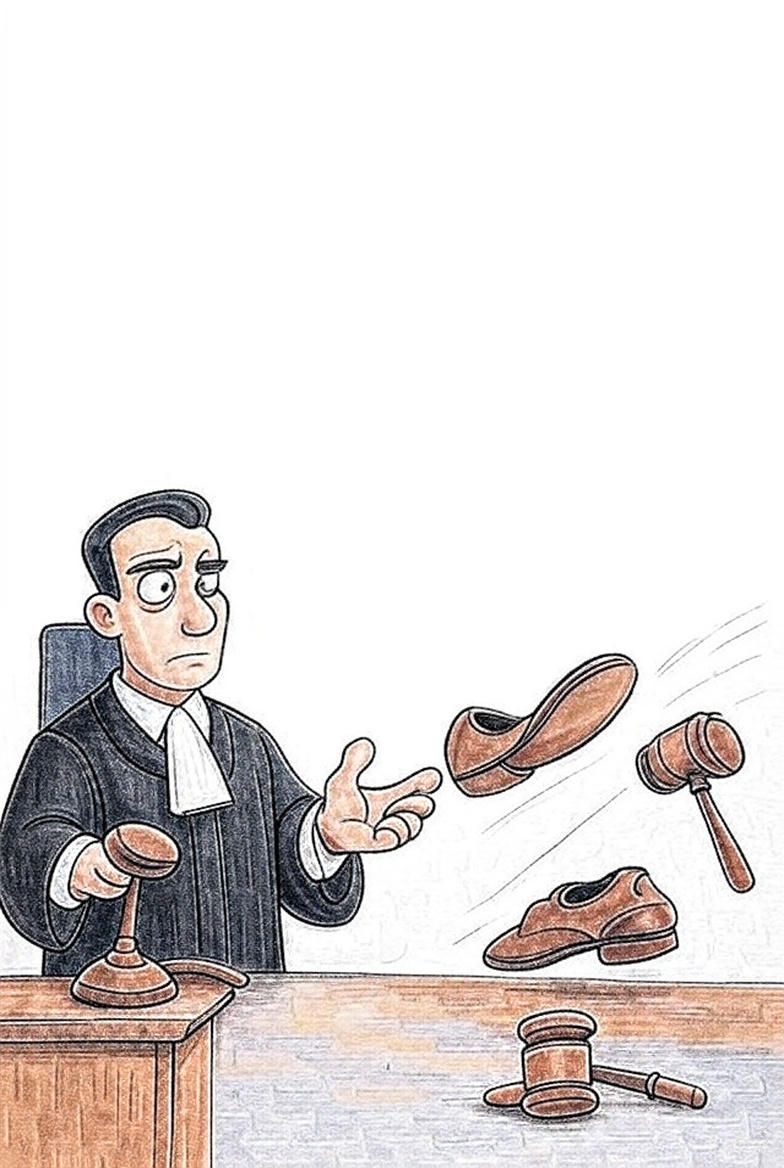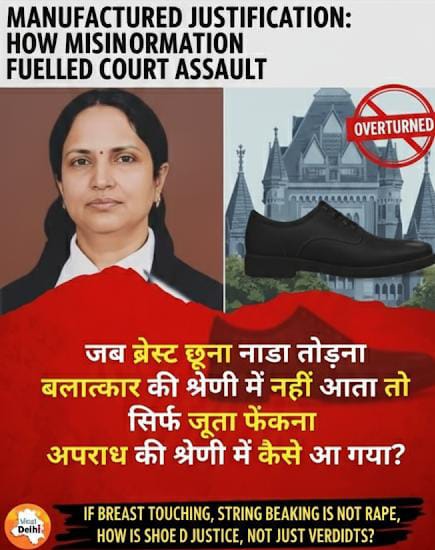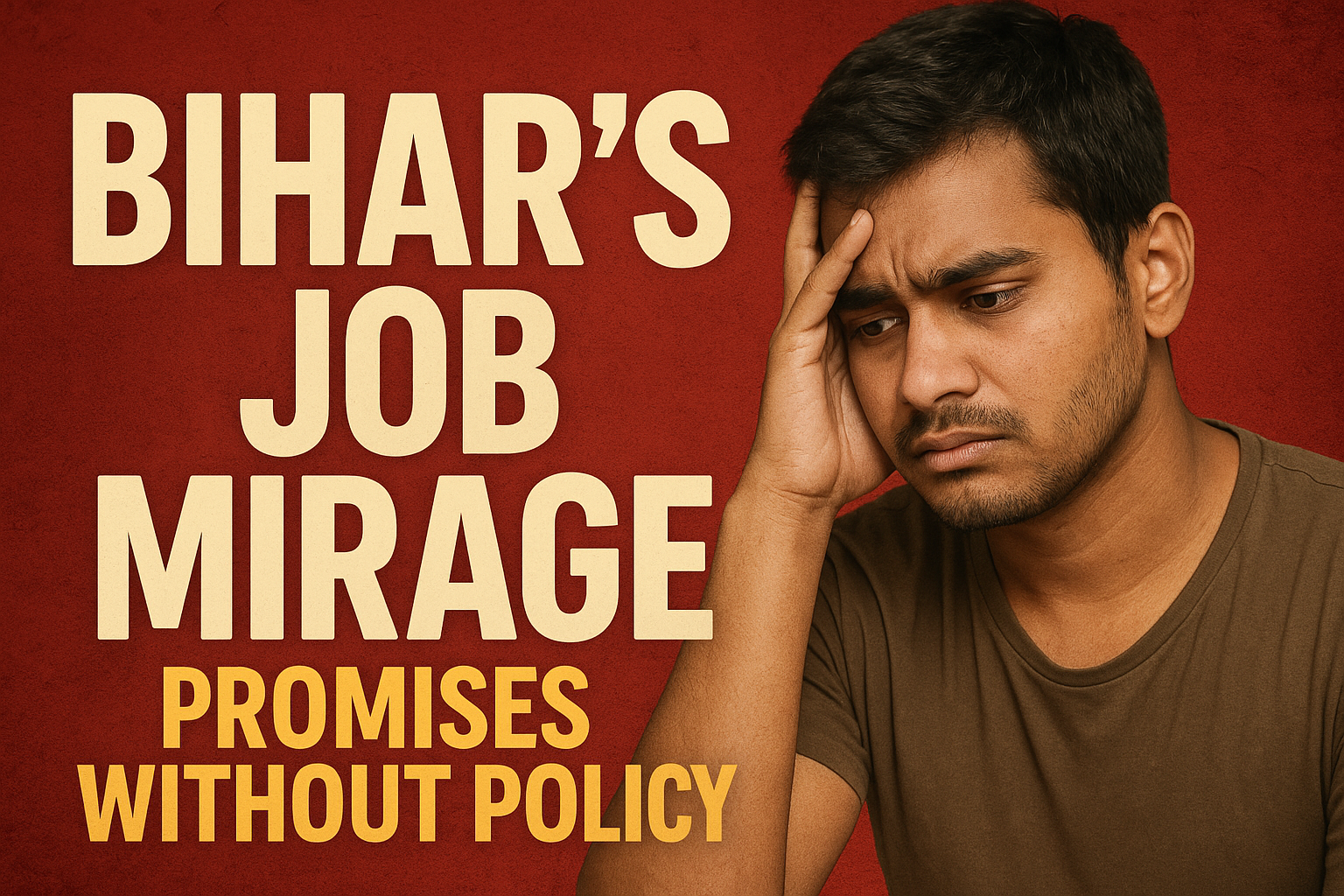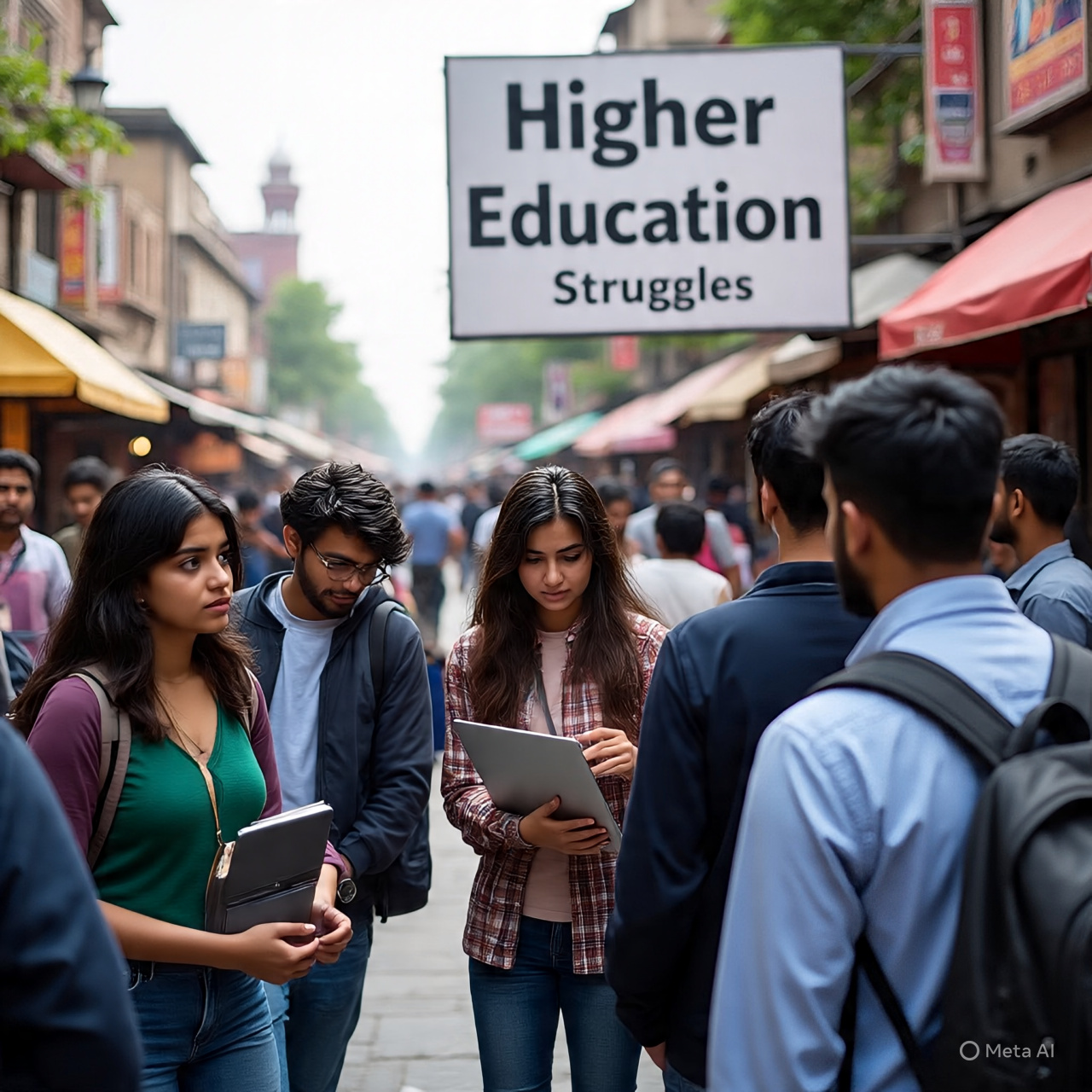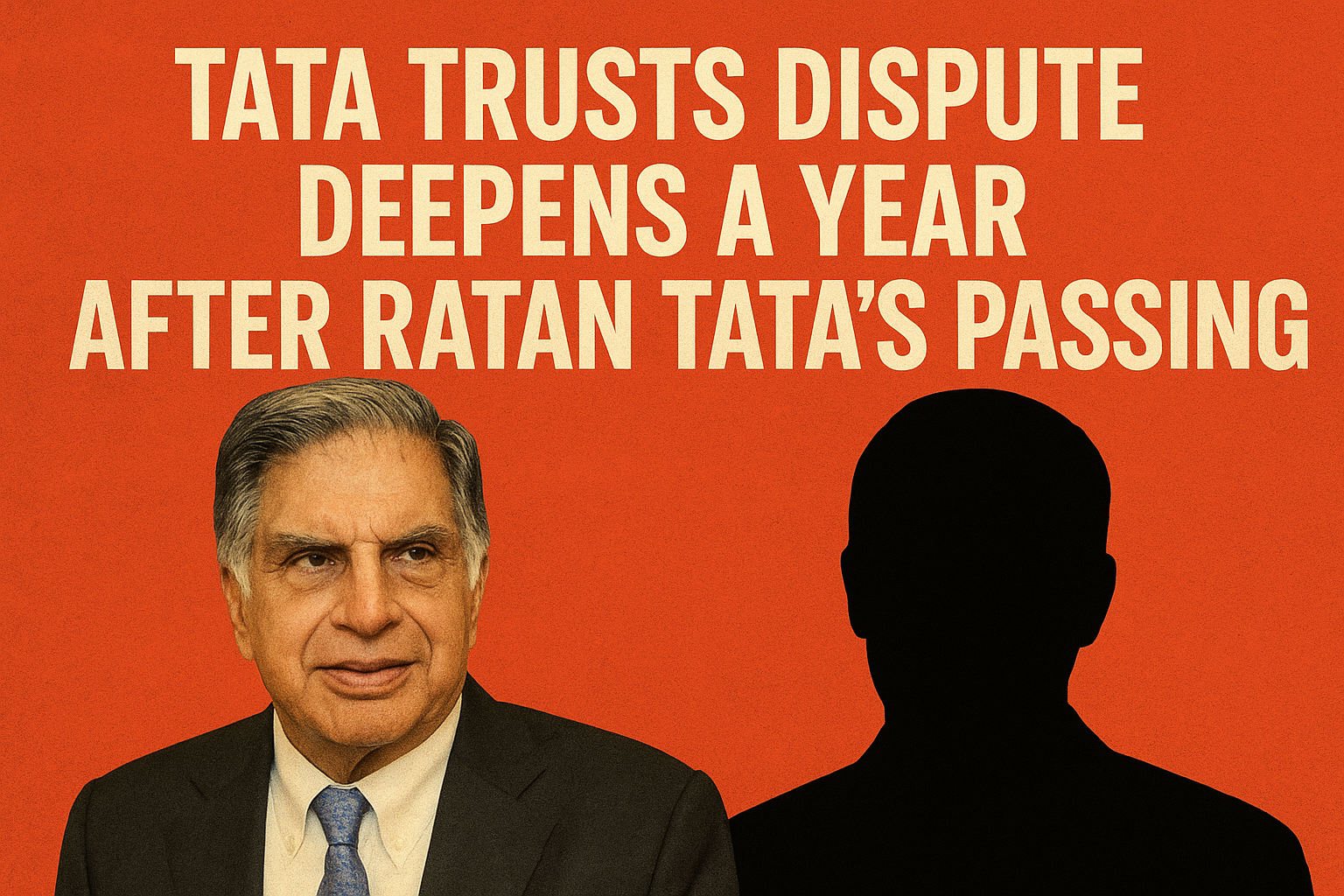
Following the Pahalgam terror attack, a familiar scene unfolded across the television screens of India and Pakistan. News anchors turned into cheerleaders. Studio sets looked more like war rooms than spaces for public inquiry. Flags waved, graphics exploded, and before the governments could confirm a single fact, prime-time television had declared a full-blown war. In this war, truth was the first and most consistent casualty.
What viewers witnessed wasn’t journalism. It was performance.
In societies where democracy claims to thrive, the media should play the role of a watchdog. Its first loyalty should be to facts, not frenzy. Yet, in both India and Pakistan, large sections of the media now operate as engines of outrage, echoing state rhetoric, sidelining dissent, and stifling reasoned debate.
Spectacle Over Substance
After the attack, Indian news channels ran fiery graphics with slogans like “Pakistan Crushed” and “Revenge Accomplished,” while Pakistani media painted Indian claims as fabrications. Not one of these claims had official confirmation. But accuracy, by then, had already been tossed aside.
The race to break news became a race to invent it. In a particularly disturbing trend, some news outlets broadcast AI-generated visuals, outdated military clips, and even video game footage, labelling them as live coverage from the front lines. There was no verification. No disclaimers. These weren’t editorial mistakes—they were deliberate acts of misrepresentation.
Panel Shows or Political Puppetry?
Debate formats once designed to bring multiple voices together have devolved into shrill echo chambers. Anchors shout down guests who express dissent. In India, critics are branded “anti-national.” In Pakistan, they’re dismissed as foreign puppets. The language of nationalism has become a tool to suppress inquiry.
These panels follow a predictable choreography. One voice is dominant, the rest are staged. The narrative is clear: fuel anger, support the ruling party’s line, and smear the opposition. Viewers are left not with informed opinions but with rehearsed rage. What could have been a tool for democratic dialogue has turned into nationalistic theatre.
The Collapsing Wall Between State and Media
A troubling intimacy has developed between major media houses and the ruling establishments. Independent verification, the cornerstone of credible journalism, is vanishing. Instead of holding those in power accountable, many newsrooms amplify state narratives uncritically.
Recently, the Indian government blocked more than 8,000 social media accounts. These included not only Pakistani politicians but also Indian journalists. The move was reported by several mainstream channels as a necessary security measure, without raising essential questions: Was there a judicial review? Were any press freedom norms violated? What safeguards exist to prevent abuse of such power?
In Pakistan, the environment is no less grim. Journalists who ask uncomfortable questions face the threat of censorship, surveillance, and sometimes even physical harm. Media houses operate under both visible and invisible restrictions, steering their editorial choices away from criticism and toward conformity.
Weaponised Misinformation
One of the most dangerous consequences of this compromised media landscape is the wildfire spread of misinformation. Claims such as “Karachi Airport destroyed ” or “enemy casualties in hundreds” are not just floated by anonymous social media users—they’re often seeded by mainstream outlets. Once released into the algorithm-driven machinery of digital networks, such claims spiral beyond control.
Even when debunked, the damage remains. Fake news during conflict doesn’t just mislead. It can trigger violent retaliation, sow communal discord, and embed distorted versions of history into the national psyche. In times of heightened tension, a single false headline can do more harm than a battalion of soldiers.
Journalism Is Not Nationalism
In the age of populism, asking difficult questions has become an act of rebellion. Many journalists now face a stark choice: toe the government line and survive, or speak the truth and risk being ostracised or worse. But journalism must resist this pressure.
The role of the media is not to mirror the state’s mood. It is to challenge it when necessary, to examine its claims, and to ensure that citizens are informed—not inflamed. A media that forgets its duty to question power betrays the very idea of democracy.
Truth-telling, especially during conflict, is not unpatriotic. It is the highest form of public service. Nations that silence uncomfortable truths in the name of national honour end up silencing the very values they claim to defend.
Viewers, Think Before You Believe
Ordinary viewers in India and Pakistan must now ask hard questions of their media. Who benefits from the noise? Who profits from public anger? When real events are replaced with fantasy warfare and debate is reduced to insult, the viewer becomes a pawn.
Media thrives on attention. But attention is not the same as awareness. The constant stream of dramatic headlines may feel urgent, even thrilling - but beneath the surface lies a calculated manipulation. Emotional mobilisation replaces public reasoning. Fear and rage eclipse fact and nuance.
What citizens must remember is this: a loud anchor is not a reliable guide. A breaking news banner is not a substitute for truth. And patriotism does not mean blind acceptance of whatever a screen tells you.
It is time to reclaim the space for real journalism - one that asks, verifies, reflects, and informs. If not, we risk becoming permanent residents of a reality that was never true to begin with.



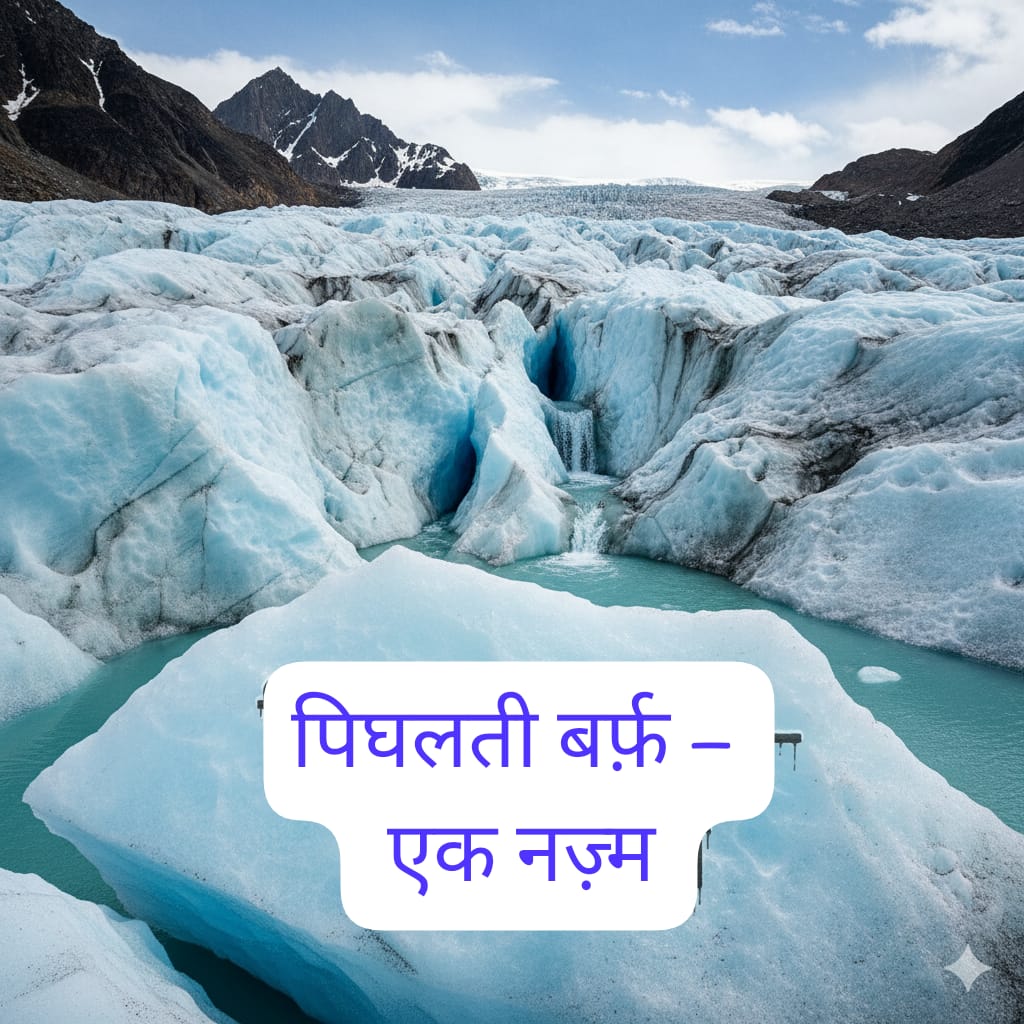
.jpeg)
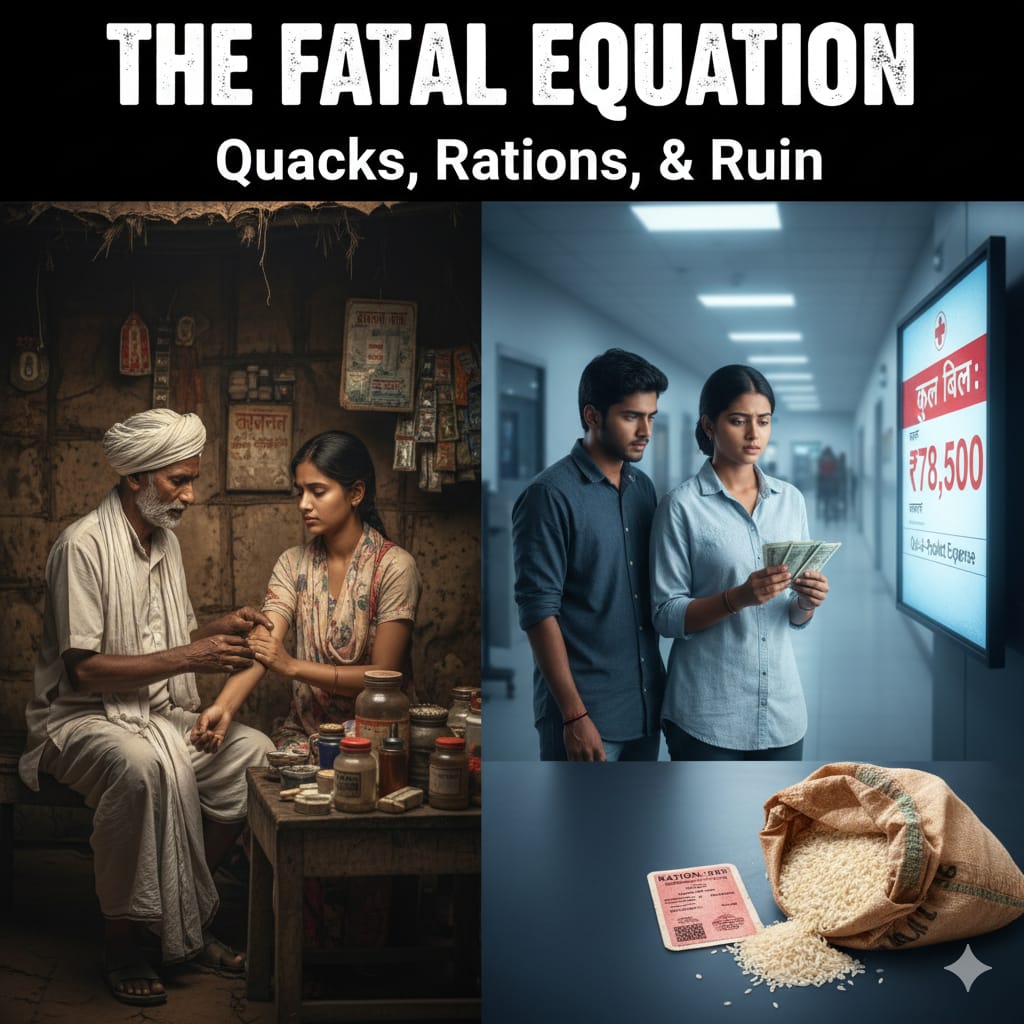
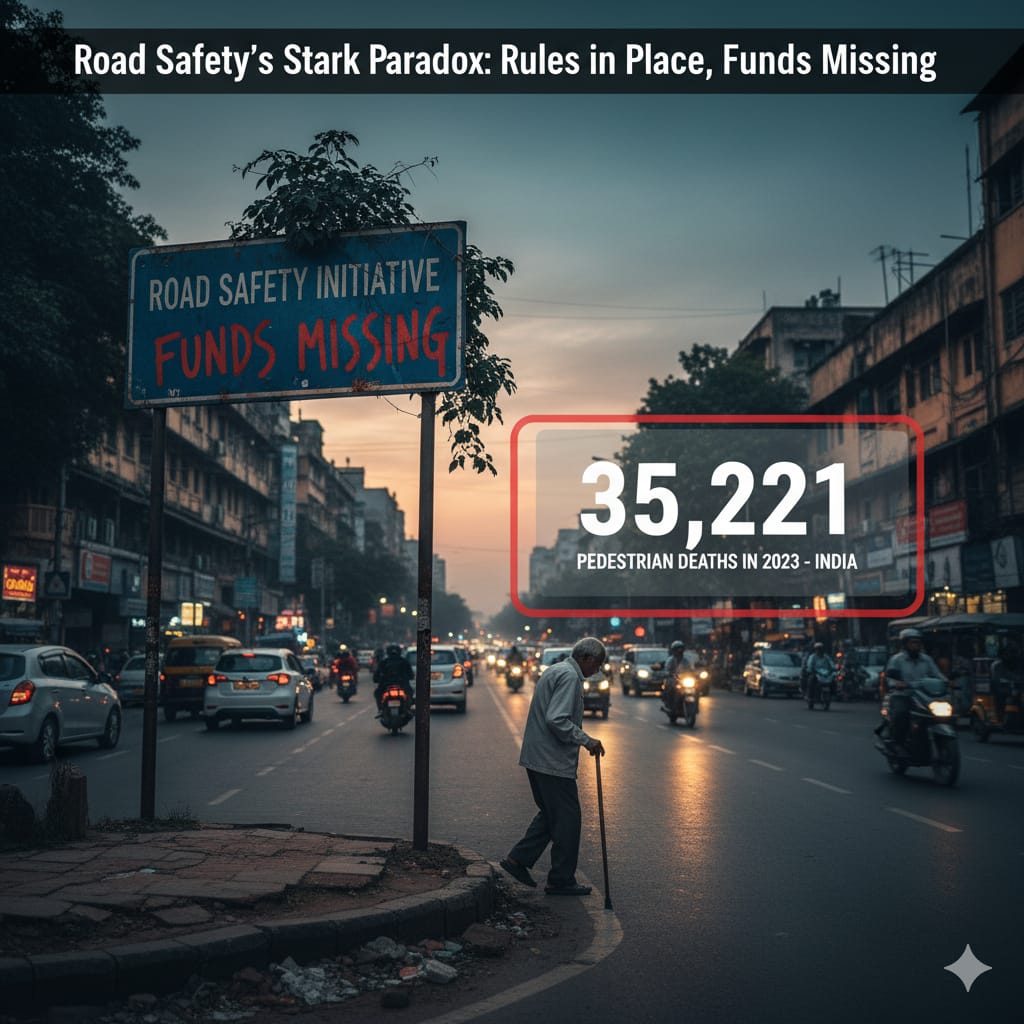
.jpeg)
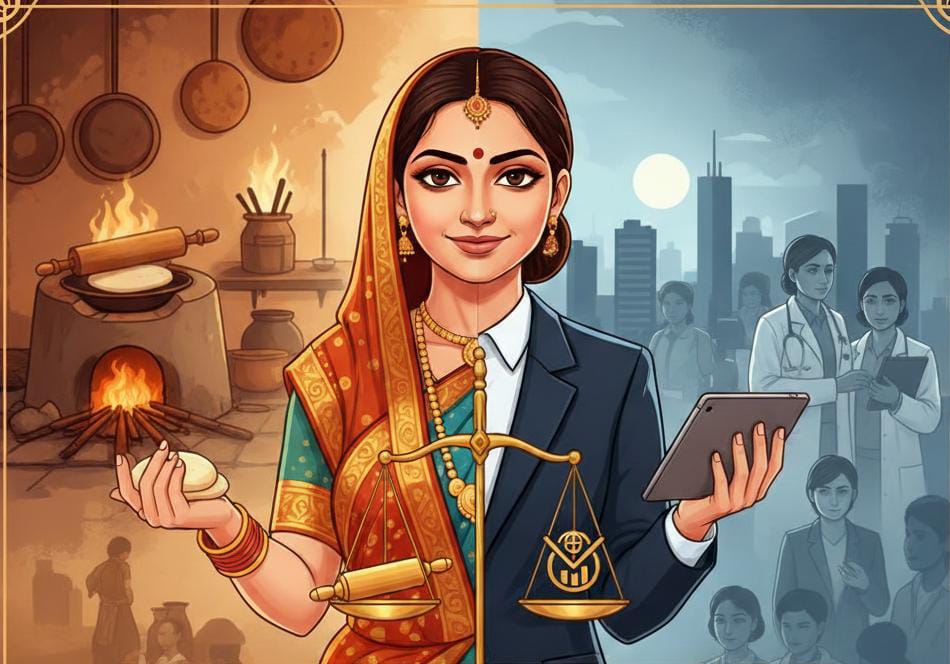
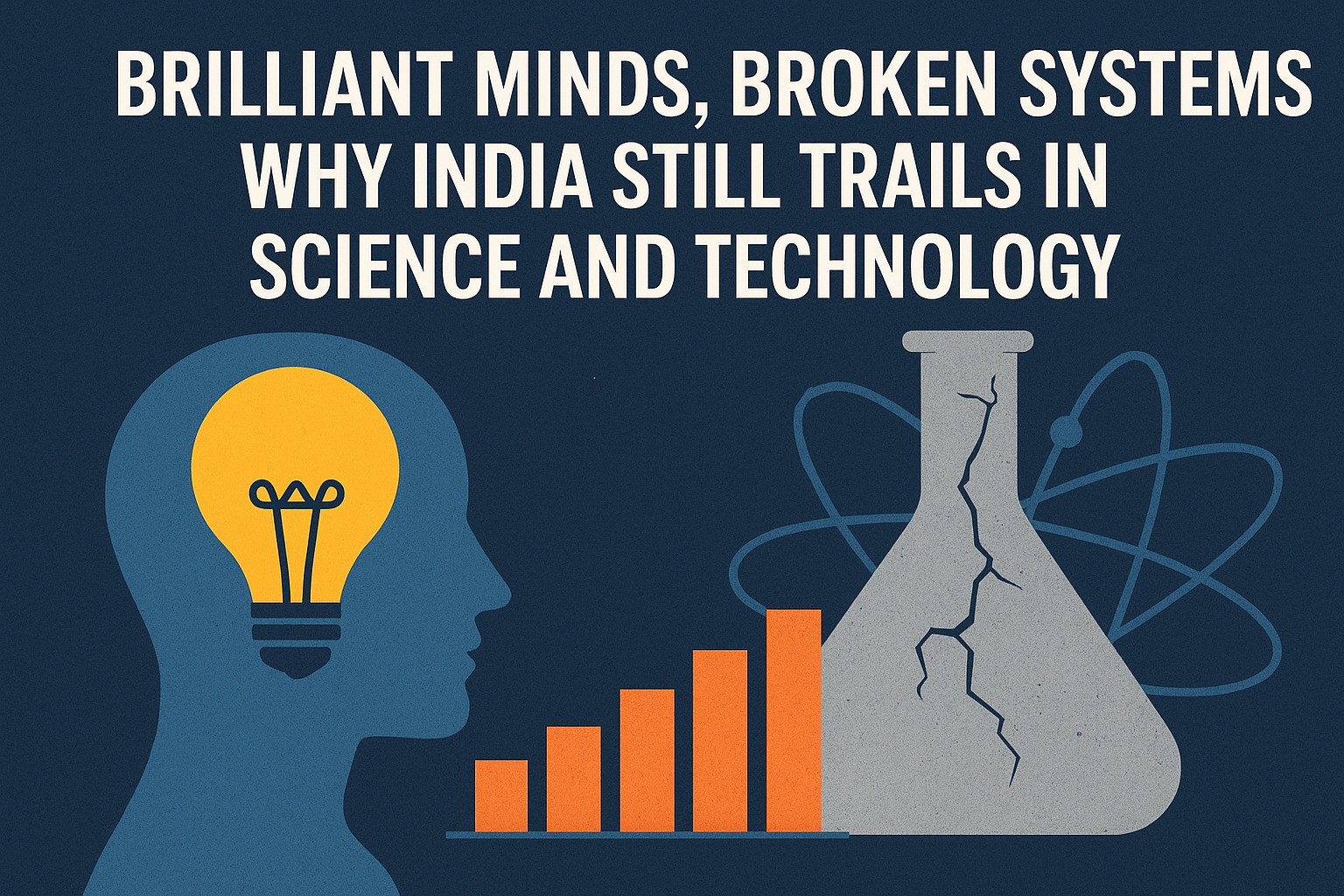

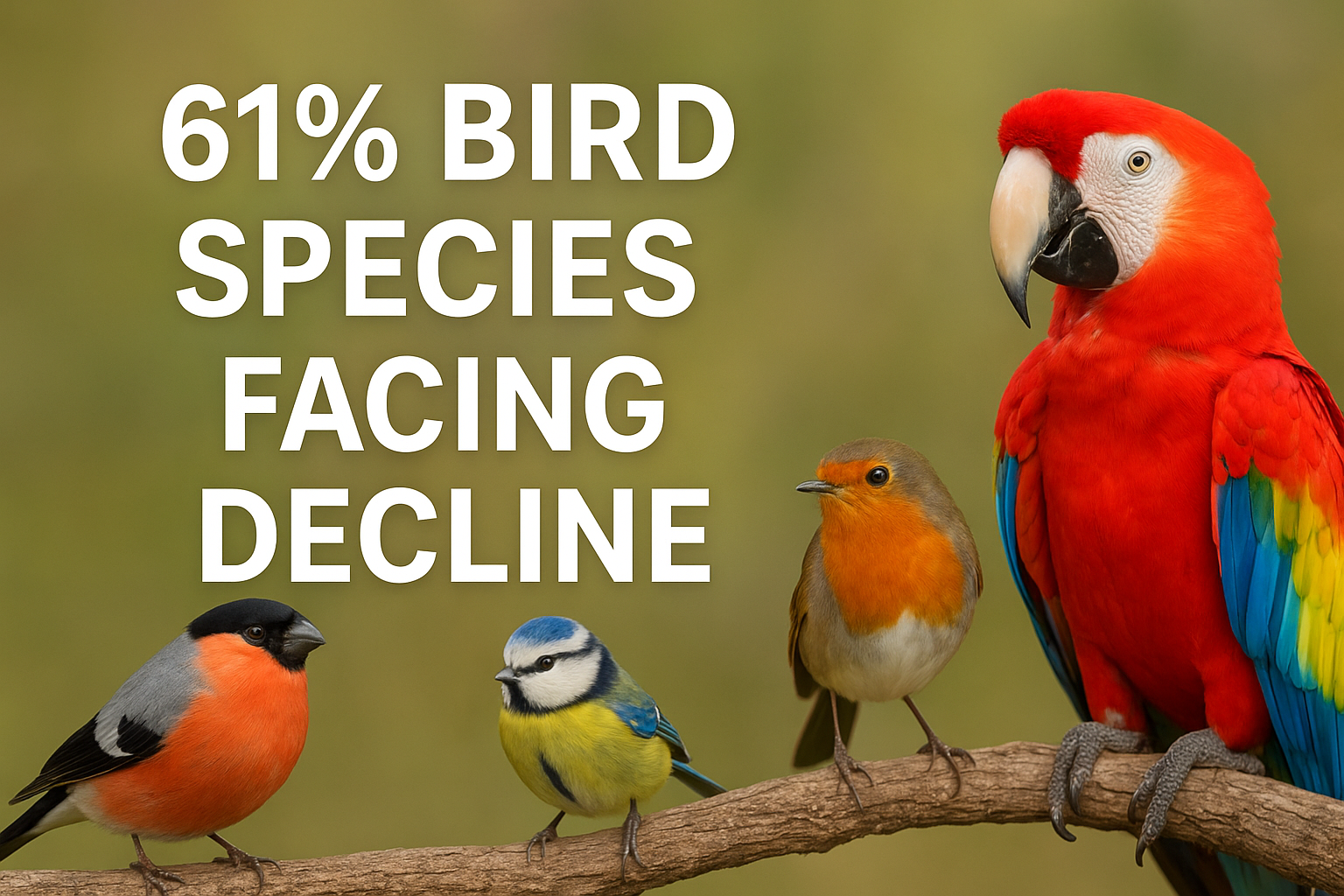
.jpeg)
